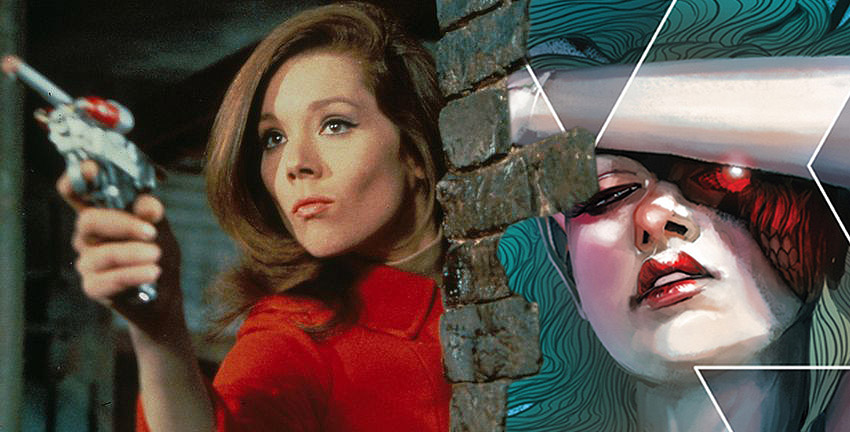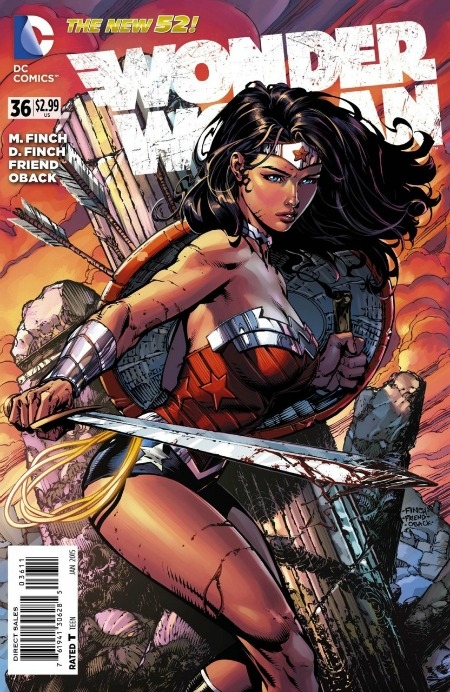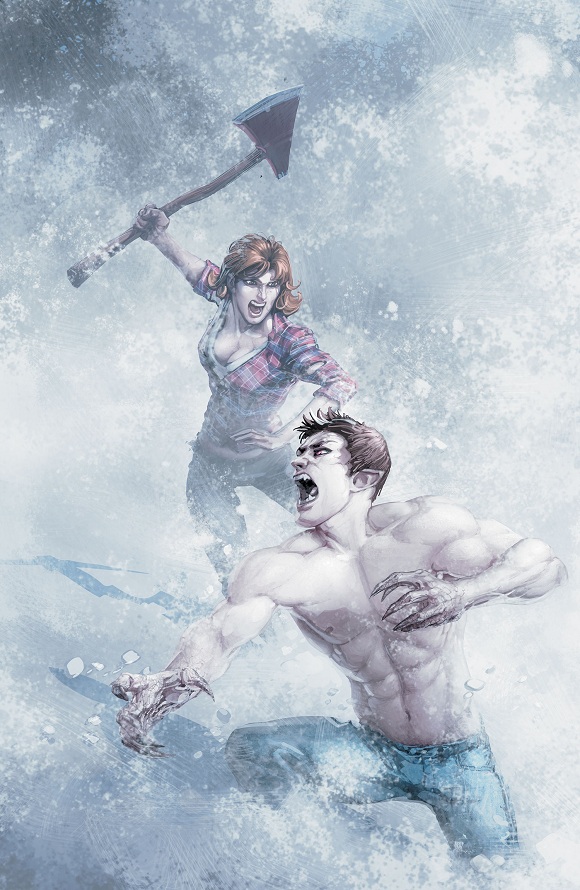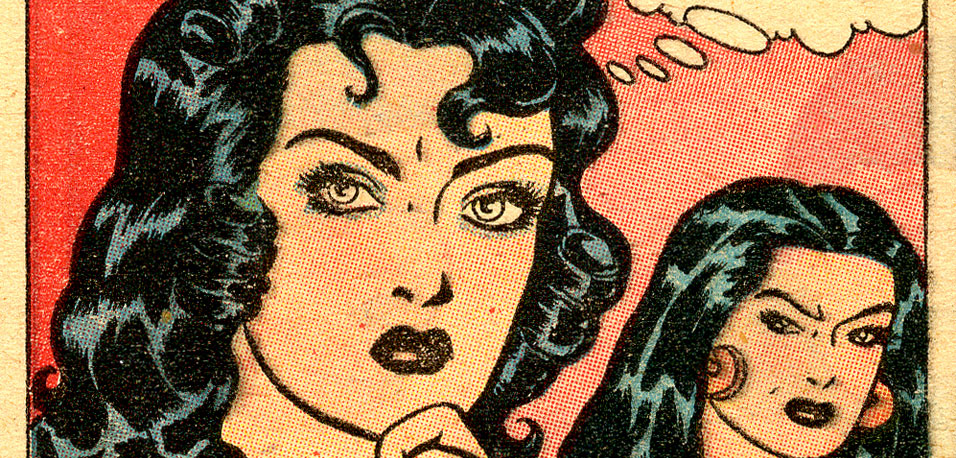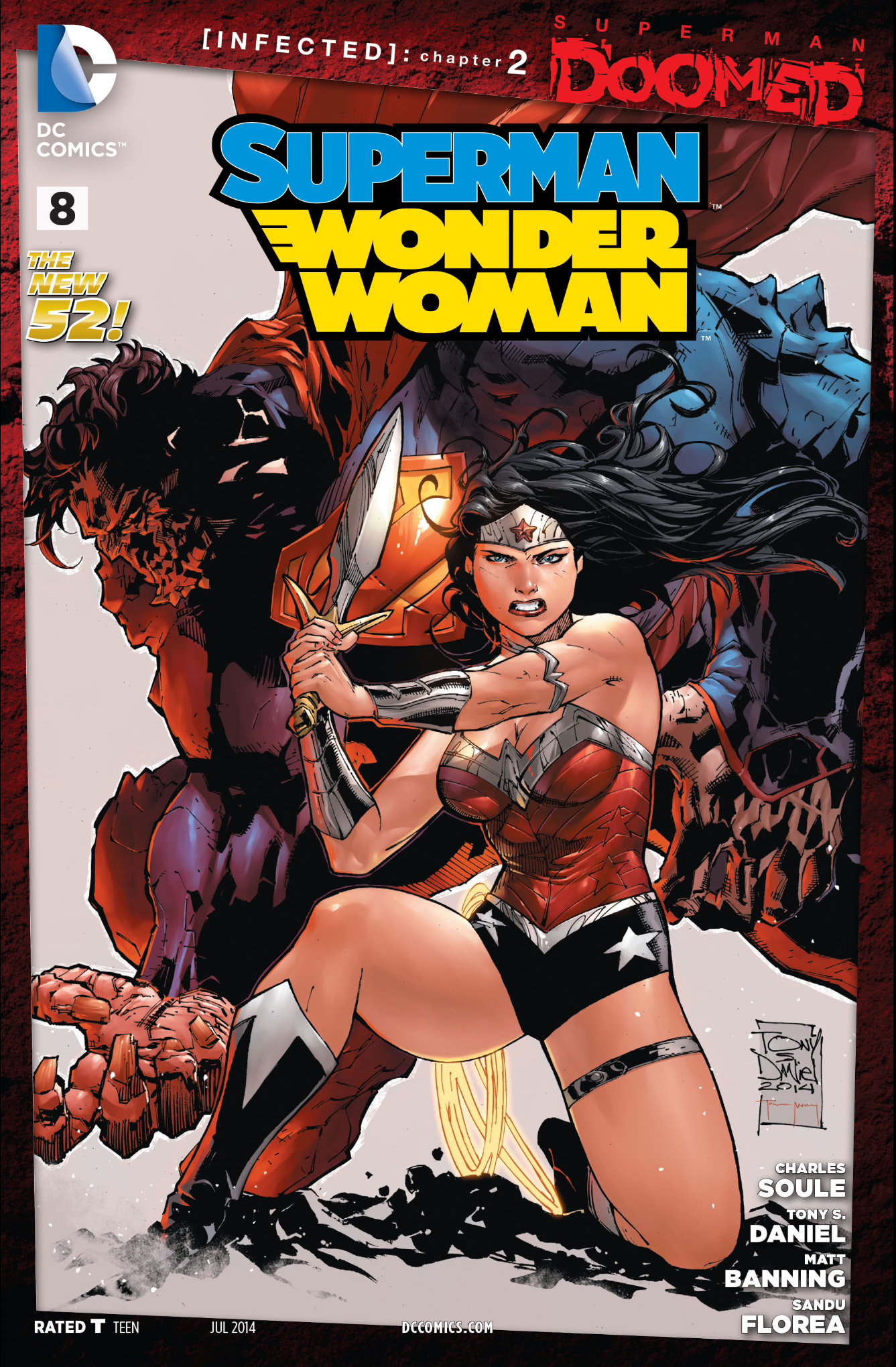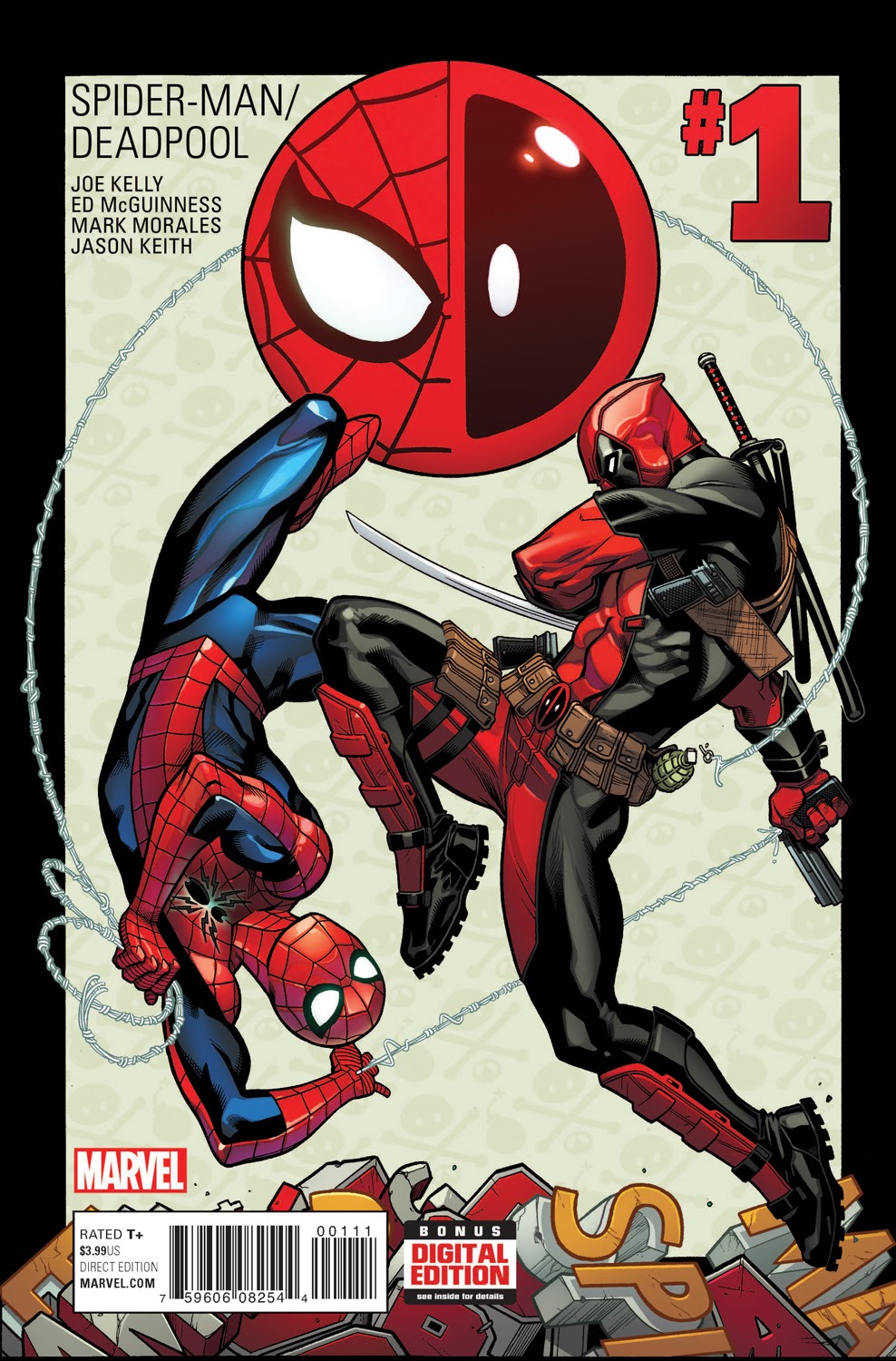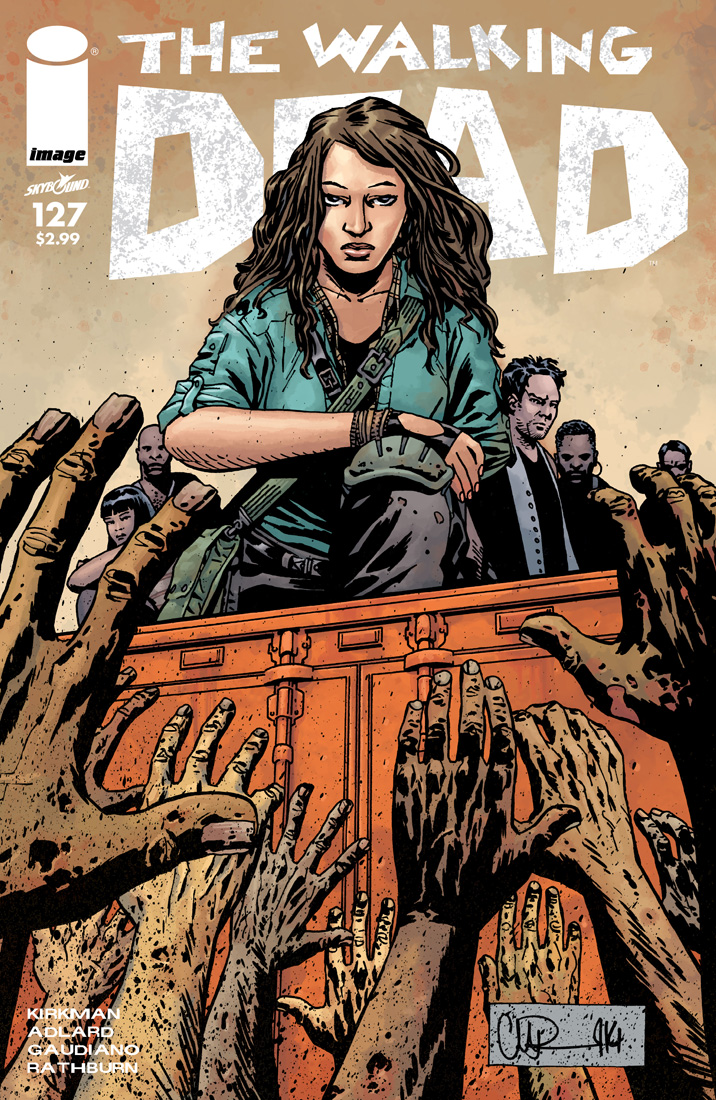Carolyn Cocca is Associate Professor in the Department of Politics, Economics, and Law at the State University of New York, College at Old Westbury. She is the author of Jailbait: The Politics of Statutory Rape Laws in the United States (SUNY Press), and most recently, of “The Brokeback Project: A Quantitative and Qualitative Analysis of Portrayals of Women in Mainstream Superhero Comics, 1993-2013”, “Negotiating the Third Wave of Feminism in Wonder Woman” and “Re-booting Barbara Gordon: Batgirl, Oracle, and Feminist Disability Theories” in ImageTexT. She teaches courses on U.S. politics, civil liberties and civil rights law, and the politics of gender and sexuality.

The fifth instalment of the X-Men films, Days of Future Past, cost about $200 million to make, and has grossed almost $750 million worldwide. Two-thirds of that money was made outside of the U.S., while for the previous films in the series, the proportion was about half. The film began with an established global audience from the previous films, and built upon it. While film adaptations of comics need not be completely bound by their source material, the ways in which changes were made between the Days of Future Past comic story and its film version all point in the same direction—to deleting, sidelining, and stereotyping female characters.
Studies on books, television, and film’s portrayals of females all reach similar conclusions as to the costs of such moves. Underrepresentation and stereotyping convey that girls and women are “not socially valued. The effects of gender schemas can be seen in children’s preferences for male characters [suggesting] that children see girls and women as less important and interesting”. Because the representations tend to be stereotypical as well, “children’s amount of television viewing is positively correlated with their own degree of gender stereotyping”. The same can be said for race and ethnicity. “When marginalized groups in society are absent from the stories a nation tells about itself, or when media images are rooted primarily in stereotype, inequality is normalized and is more likely to be reinforced over time through our prejudices and practices”.
The X-Men comic series has been widely touted for its diversity, for its teams of forged families, and for its “mutant metaphor” that addresses prejudice against mutants as a stand-in for all types of discrimination and alienation. There have been a number of distinct and prominent female characters over the last forty years.

Those featured in the Days of Future Past comic story are Ororo Munroe/Storm, weather manipulator, leader of the X-Men at various times, the first woman of color who was a team leader in comics; Kitty Pryde/Sprite, proudly Jewish teen genius adept with computers and with “phasing” through solid objects; Raven Darkholm/Mystique, shapeshifter and leader of various teams of villainous mutants; and Irene Adler/Destiny, Mystique’s precognitive partner in crime and in love. Their powers, motivations, and personalities differed from one another, providing a range of characterizations of women whose centrality and diversity goes against the underrepresentation and stereotyping of female characters and who can provide points of identification for a wide spectrum of readers.
In the comic (1981), the main character who travels back in time and into a younger version of herself, in order to prevent a political assassination by Mystique that caused a dystopian future, is Kitty.

She is sent back by Rachel, a young telepath who is ostensibly the daughter of X-Man Jean Grey. Wolverine is summarily killed in “the future.” The climactic battle sequence in “the past” takes place between the X-Men, led by Storm, and the Brotherhood of Evil Mutants, led by Mystique. Mystique’s female partner, Destiny, fires the key gunshot but it misses its target due to Kitty’s intervention. All of the key roles are played by women. Two of the seven X-Men in “the past” are women; two of the five members of the Brotherhood are women.
But in the film (2014), the main character who travels back in time is Wolverine, sent back into a younger version of himself by Kitty. Storm appears for a few minutes in “the future” (at which point she is killed, along with all of the other mutants of color in the film),” and not at all in “the past.” She does not lead the X-Men in either time period. Destiny does not appear at all. Charles Xavier/Professor X and Erik Lenscherr/Magneto battle for Mystique’s loyalty; the former talking her out of the assassination. There is no Brotherhood, and so Mystique is no leader. All of the key roles are played by men. Zero of the four (or five, if one counts Quicksilver) X-Men in “the past” are women.

On the covers of the two issues of the comic story, one sees Kitty Pryde and Wolverine on the first, and Wolverine being killed and Storm being hurt on the second. On the movie posters, Wolverine is always the largest presence. In most versions of the poster, Mystique stands behind him, almost as large, with two versions each of Professor X and Magneto the next largest, and then small pictures of a few of the other characters. Some versions had just Wolverine and Mystique. On the dvd cover, Wolverine stands in the foreground, with six white men and a naked Mystique arrayed behind him. Kitty and Storm do not appear at all.
This film continues a formula begun in the first X-Men film: focus on Professor X and Magneto and their differing ideas, and focus on Wolverine. The female characters are plotted out in relation to these three. This unfortunately conforms with the ways in which women are quantitatively underrepresented in the media, particularly as leaders and mentors, and are more often cast as supporting rather than central characters.

In short, the female characters central to the comic arc on which the Days of Future Past film was based had their parts greatly minimized. This includes having two nonwhite characters, Storm and Mystique, deprived of their characterizations as team leaders and as queer mother figures in forged families. Indeed, the film positions Mystique as a confused young (white) girl torn between loyalties to the two (white) male main characters. While the Mystique of the comics usually wore a long, white, sleeveless dress, the actress who played Mystique on film was naked but for a few strategically placed scaly prosthetics that could not but position her as an object onscreen. Mystique’s comics partner, Destiny, was completely excluded from the film. And the main character of the comic, Kitty Pryde, was all but entirely excluded.
The characters of Mystique, Storm, and Kitty do have moments of heroism onscreen. Given that most heroic figures of fiction have been written as male, it should not be understated that these female characters certainly subvert the notion that such characteristics are male ones. As Kelly Sue Deconnick stated in her interview, there’s nothing inherently masculine about stories of heroism.


